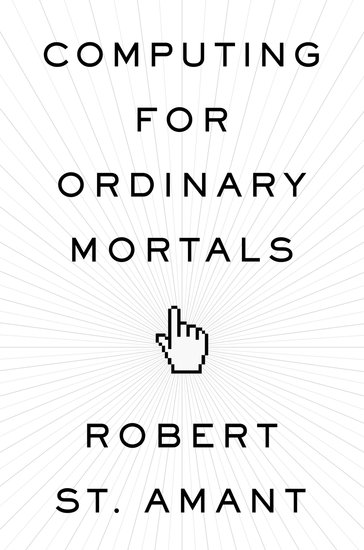Thoughts on teaching in prison on World Day of Social Justice
On an overcast day in January 2013, with no criminal justice background and no real teaching experience, I entered the stark grounds of New Jersey’s only maximum-security women’s prison to co-teach a course on memoir writing. The youngest in a classroom of thirteen women, many of whom were serving life or double-life sentences, plus my two mentors and co-teachers, Courtney Polidori and Michele Tarter, my mind began spinning with concern and doubt.









